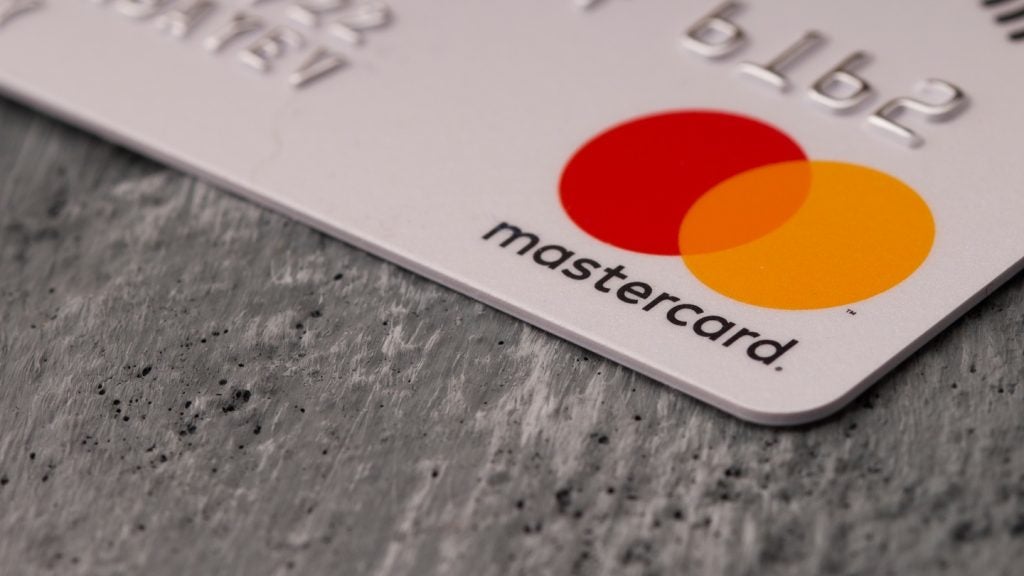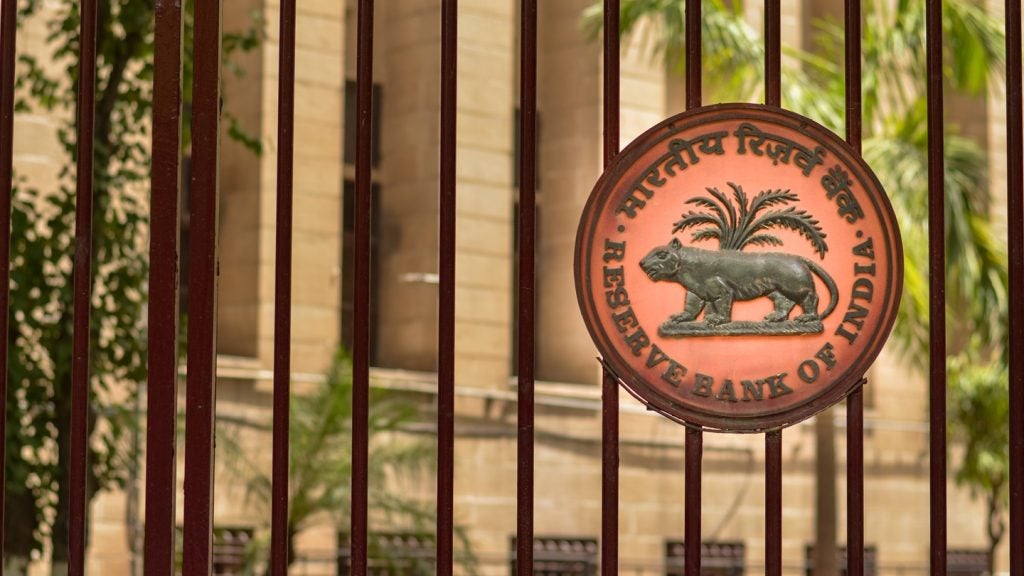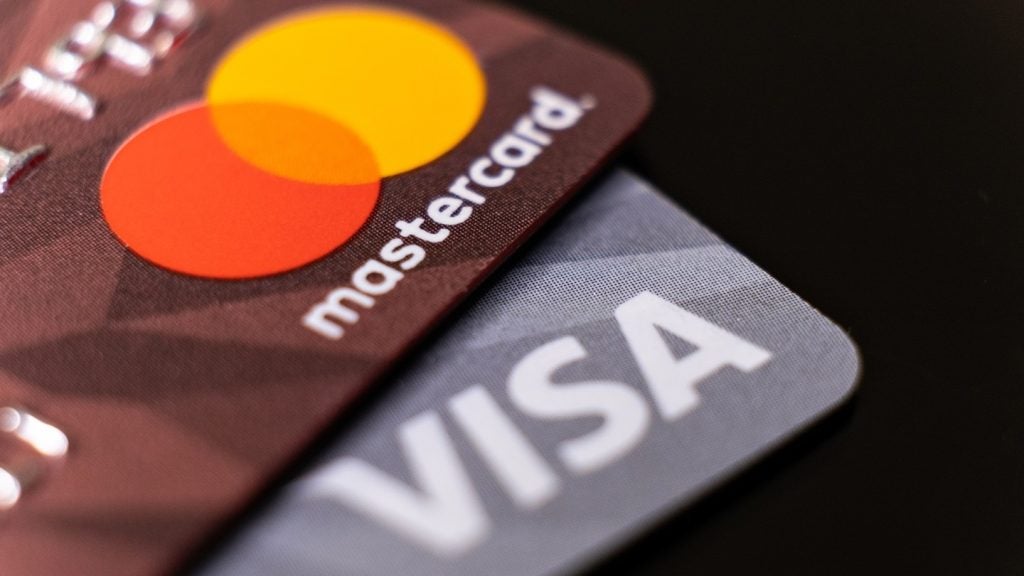No European economy is riding high at
the moment, but Italy in particular has been attracting a number of
negative news stories recently. These range from the tragic sinking
of the Costa Concordia to the hilarious (unless you’re Italian)
exploits of Silvio Berlusconi. But it is the new government’s
approach to merchant acquiring that has caught the attention of
Duygu Tavan
Ratings agency Fitch, not to mention many
individuals at the heart of the EU political machine, consider
Italy to be the market at the forefront of the Euro crisis.
At the beginning of January, Cards
International reported that the Italian government has imposed a
cap on merchant service charges as part of a wider bid to boost
electronic payment volumes and crack-down on tax evasion. The
country’s treasury was planning to place a 1.5% cap on all retail
transactions, and on banning merchant service charges altogether on
petrol purchases of under €100. The move was part of a wider
economic reforms agenda. Its main objective was to increase the
volume of electronic payments at the POS and reduce the amount of
cash in system. Tax evasion is estimated to amount to over 22% of
Italy’s GDP. The government announced the policy less than two
months after economist Mario Monti took responsibility for the
running of the Italian government.
Reconsidered position

US Tariffs are shifting - will you react or anticipate?
Don’t let policy changes catch you off guard. Stay proactive with real-time data and expert analysis.
By GlobalDataOn 17 January, Italian politician Fabio Evangelisti addressed the
Ministry of Economics and Finance. He argued that several banks,
including Banca Intesa, the largest bank in Italy, refused to issue
new POS terminals to petrol merchants. His and other
criticism resulted in the amendment of the initial law.
The government is now no longer going to
define the level of fees. By 1 June 2012, the Italian Banking
Association, payment schemes, Poste Italian, the ATM Consortium and
the companies that handle payment circuits, have to define lower
merchant service charges themselves. They will have three months to
implement the lower charges, by which time the government will
evaluate the level of fees. If the government finds the levels
unsatisfactory, they will step in. Such a move would mean a
top-down approach, which clearly the merchant acquiring industry
would want to avoid. But the current legislation is vague about how
the government will evaluate the fee levels.
The government may have a point: According to
the Bank of Italy, about 44% of all payments are cash. And cash is
the villain in the fight against tax evasion. So creating
incentives for consumers to use and for merchants to accept more
plastic seems logical.

The Italian merchant acquiring industry has
expressed deep concern, saying that the government’s move does not
take into account the economics of card payments and card
acquiring.
Some banks are already said to be exiting or
preparing to exit the provision of merchant services to petrol
stations.
One source at an Italian acquirer told
Cards International that their business stands to lose
€30,000 a day due to the restrictions on petrol alone. The
merchant service fee cap will undoubtedly disturb the merchant
acquiring business in Italy. But it is likely that Italy will also
set a precedent for other struggling European economies to follow
suit with what they may consider a great idea to increase e-
payments.
Gia Visto? (Déjà vu?)
This is not the first time the cards acquirers
have felt the squeeze in Europe’s merchant acquiring market. In
June 2006, the European Commission launched a sector inquiry,
arguing that the payments industry’s fees and commissions
businesses led to higher prices for consumers and merchants.
The petrol issue was raised back then already,
with the Poste Italian arguing that surcharge on petrol payments
(or the commission on value change) should be eliminated. It argued
the interchange on petrol was a result of the consolidation of
issuers and acquirers to balance lower merchant service charges for
petrol merchants.
Less than six years on, there is no inquiry.
There is a clamp down.
In Europe as a whole, the European
Commission claims to ask the industry for consultation on
integrating the European card, internet and mobile payments sectors
in its Green Paper. In the paper, the European
Commission says that different fees “the different timelines
and scope of legal proceedings under way or completed at national
and European level could lead to distortions in the Single Market”.
It argues that market fragmentation and high MIFs could be barriers
for new market entrants.
In Italy, the average blended merchant service
charges is 1.4%, with rates ranging from 1.1% to over 3%. The
rate depends on the merchant portfolio of the acquirer, as well as
its size, sectors it serves and its fees and commission levels. In
addition, the POS rental fee also varies.
“The POS terminal costs are sometimes
discounted and subsidised through a higher merchant service
charges, in particular for merchants with infrequent transactions
that would otherwise not justify the provision of a free POS
terminal,” explains Francesco Burelli, partner at Value
Partners.
He argues that the future merchant service
charge capping will have a number of consequences on the market –
and their impact will depend on the low level of the cap.There are
a number of merchant categories or types that may not be attractive
anymore to acquirers, such as petrol stations and small merchants
with higher risk profiles. In general, POS terminal costs are
likely to increase for any merchant with low terminal use.
Burelli argues that this will cause many
acquirers to exit those merchant segments. “Overall, the
pricing mix of merchants acquiring portfolios will need to be
reconsidered throughout, as this capping will reduce the
profitability of all merchant acquiring franchises and drag some,
in particular the small ones, into a loss,” he says.
 “Secondly
“Secondly
the reduced margin of the merchant acquiring business will lead
necessarily to a shake up within the market, in order to operate on
this market, acquirers will need to have sizable economies of scale
and that will lead to few large acquirers in position to operate
within the context of reduced margins, with small-scale operators
driven out of the market.”
This means that merchant acquirers will need
not only to have scale, but also to manage their business to a
degree of sophistication and efficiency that so far has only been
applied by some American and British operators.
Italy’s move is also likely to be copied by
other governments in Europe, especially considering the speech by
Joaquín Almunia, vice president of the European Commission
responsible for competition policy on the cards and payments market
(see below). A number of bankers, who wished to stay
anonymous, argue that a tampering with the pricing set-up of
the merchant acquiring industry may have unintended consequences
and will make the merchant acquiring industry less attractive and
lead to less choice and competition in some merchant
categories.
This could provide a dangerous precedent at
European level.

But would it really be the
end?
Merchant fees are an essential revenue stream
in Italy, but the system could find new streams if it had to. One
solution could be for Italy’s acquirers to shift their focus to
cross-border business. This would keep the regulators happy,
because a cross-border market is just what they want, and increases
competition. But from an Italian acquirer’s point of view – or in
fact, from any acquirer’s perspective – it could be tricky, as they
find themselves up against serious competition in other European
markets.
Cross-border acquirers still pay issuing
payment service providers the local interchange fee that is
relevant in the market of the point of sale. Consequently,
merchants are restricted when it comes to getting the cheapest
acquirer deal.
Merchant interchange fees are set by the
payment services provider of a particular country. A cross-border
payment services provider will not be signed up to the interchange
fees set by a local provider. Bilateral interchange fee
arrangements by domestic networks will be in direct competition to
the cross-border acquirer. So it makes little strategic sense to
tap into a foreign market unless the acquirer already has large
scale.
The question to ask, as with anything
SEPA-related, is: how much need and capacity is there to harmonise
Europe’s payments industry? Some argue there is need, it is
economically crucial, and may create advantages for the schemes,
acquirers, issuers etc. e-commerce and m-payments liberate
merchants and consumers from the ‘claws’ of the banks. Consumer
uptake is still low, but growing, and product offers, service
propositions are still in the making. As technology advances, the
payments market will enlarge. Merchants will offer e-commerce and
this will spur e-and m-payments, both domestic and
cross-border.
Scroll down to read the pros and cons of merchant service
charges.
The criticism
An excerpt of the
speech by Joaquín Almunia, vice president of the European
Commission responsible for competition policy on the cards and
payments market in Europe on 14 December 2011
(…) we need
to develop more integrated and more competition-friendly business
models.
Card-payment
markets are still fragmented. In many Member States inter-bank fees
are still considerably higher than the levels agreed by Visa and
MasterCard for cross-border transactions and their levels vary
widely from country to country.
For instance,
in Belgium the interchange fee for a €50 debit-card transaction is
about 10 euro cents, whereas in Poland it can be as much as 80
cents.
To an average
retailer, this difference can add up to over €200,000 per year for
the same transactions.
In addition,
retailers cannot benefit from the lower fees that they may find in
other EU countries because they cannot use the services of an
acquirer established abroad.
(…) we need
to avoid importing the issues that afflict the cards market into
the new payment instruments.
One example
is the perverse effect of the interchange-fee model which currently
dominates the payment-card sector.
On the one
hand, card schemes compete for issuing banks by offering higher
interchange fees; acquiring banks then charge these fees to
retailers who cannot refuse for fear of losing customers.
On the other
hand, banks and payment-card schemes create incentives for
consumers to use the high-fee cards, and consumers are happy to use
them because they cannot see the true costs of payments.
This system
leads to a form of inverse competition – a competition for higher
fees – which is clearly not in the interest of merchants,
consumers, and the market as a whole.
Inverse
competition is a fact; the most expensive schemes are actually
taking over the market in parts of the Union.
I do not mean
to say that collective interchange fees are unjustified in all
cases; it is rather their level that is a matter of concern
(…).
The
interchange-fee model has a negative spill over effect on new
players and systems, including the non-card systems of the
future.
This is
partly because banks are reluctant to issue cheaper cards as they
do not want to lose the revenues that the present fees bring to
their coffers.
Two sides to a story
We have had a look at the
industry’s responses to the sector inquiry in 2006 and summed up
the views of the industry.
Are high merchant
service charges a competitiveness issue for the EU
economy?
Yes…
- High
interchange, scheme, authorisation and settlement fees are a burden
for merchants and often influence their prices, or leads to
surcharges.
No…
- The profit from
high margins can be used to invest in improvements to the payments
system, including fraud prevention and efficiency. Given the
emergence of e- and m-commerce, there more investments take place,
so merchant fees are likely to decrease over
time. - Eliminating or
reducing merchant fees is not the solution to the problem because
each country has its own system and fees, and so, this
fragmentation is a bigger issue than the merchant service fee
itself.
Are there
justifications for (high) MSF?
No…
- Interchange
fees tend to be higher than system management costs. Interchange
also represents a minimum threshold to calculate merchant
fees. - National debit
schemes, such as Carte Bancaire in France and PagoBANCOMAT in
Italy, reduce the acquirer’s system management costs, so additional
fees (such as the merchant charge) should not be needed and are
considered unjustified revenue streams.
Yes…
- Card issuing is not an easy source of profit
(debit cards are mostly a by-product of current accounts). Issuers
pay cash withdrawal fees for cross-bank transactions. If this
system changes, schemes and banks will look to generate revenues
from elsewhere (charge for debit cards, for
instance). - Without interchange, four-party payment system
members could adopt a three-party model, which would be
closed-loop, and more choosy with potential participants. This
could leave to even higher merchant fees and
surcharges. - Without
interchange, product quality, variety and so, competition and
innovation could stall or be compromised.








